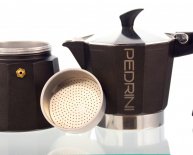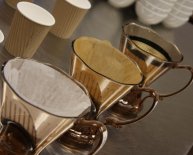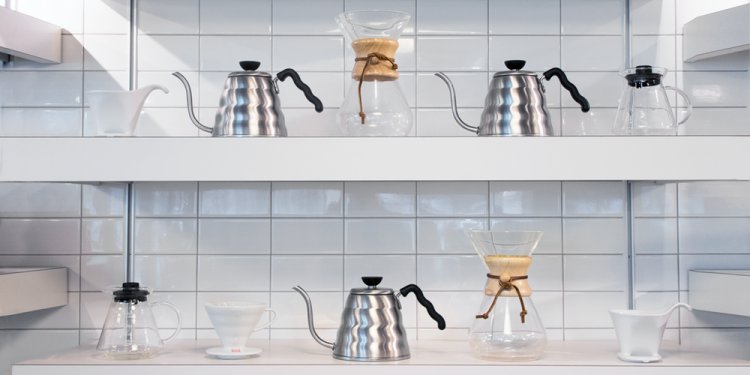
Home brewing coffee
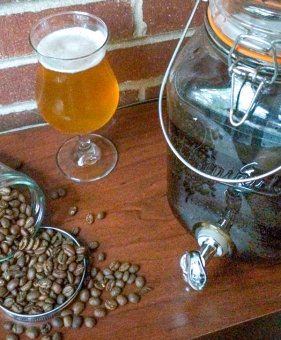 Making a good cup of cold brew coffee is an art and craft every homebrewer needs to have inside their arsenal of Do-it-yourself tips. But it isn’t as simple as refrigerating a pot of hot-brewed joe.
Making a good cup of cold brew coffee is an art and craft every homebrewer needs to have inside their arsenal of Do-it-yourself tips. But it isn’t as simple as refrigerating a pot of hot-brewed joe.
Cool brew coffee is not just ideal for making the greatest cup iced coffee you’ll ever have, it's additionally the ultimate way to add coffee to your next homebrew.
How-to Cold Brew Coffee
We achieved out to our neighborhood baristas during the Boulder-based espresso cafe The Cup. Cold brew coffee is among all of their most readily useful vendors, and they’ve taken the coffee/beer relationship one step further by providing toddy coffee from a nitro keg. The effect is an incredibly smooth, virtually milk-like cold coffee (no ice!). Include a splash of chocolate milk or ointment before completing it up, and you’ll never evaluate your morning cup of burned, cool coffee exactly the same way.
So what’s the key to making great cool brew coffee?
Making Cold Brew Coffee
Just what You’ll Need
- Large container with seal-able cover
- Strainer: muslin sack, cheese cloth or (clean) pantyhose is going to work
- Storing container with seal-able top
- Coarse floor coffee (dark roast)
- Filtered liquid
The Ratios
Cold brew coffee brewers will use between 1-2 ounces of coffees per cup water.
The Procedure
- Grind the beans until coarse. Some coffee grinders have actually options for coarse grind, you can also “pulse” the grinder.
- Destination surface coffees in a container adequate to suit the coffee-and liquid. A pitcher, tupperware, mason container, etc, work very well.
- Using the ratio instructions above, include the correct quantity of filtered liquid and give the blend a quick stir to ensure all of the beans are over loaded.
- Seal the lid and place inside refrigerator for 12-24 hours.
- After 12-24 hours, stress the coffee through cheese cloth or something comparable to the storage container to remove the coffee grounds. This method could be duplicated as needed.
- Store the coffee in a sealed storage container for several days.
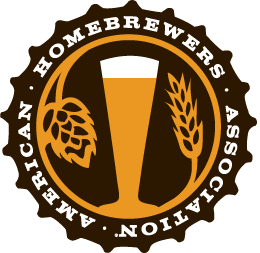 When brewing coffee with warm water you not just draw out the tastes of the coffee beans, but additionally astringent and bitter characteristics that may come across as burnt characteristics. In hot coffee, this is often pleasant, nevertheless when its chilled and served on ice, the burnt characteristics is able to overwhelm most of the coffee’s delicious nuances.
When brewing coffee with warm water you not just draw out the tastes of the coffee beans, but additionally astringent and bitter characteristics that may come across as burnt characteristics. In hot coffee, this is often pleasant, nevertheless when its chilled and served on ice, the burnt characteristics is able to overwhelm most of the coffee’s delicious nuances.
Instead, cool brew coffee is manufactured by steeping coarse-ground, dark-roasted espresso beans in cool water for 12-24 hours, then straining until free of sediment. The process needs a higher ratio of coffee to liquid than might require whenever brewing hot coffee, however it is worth it. You will end up surprised at flavors and aromas you get from a cup of cool brew coffee compared to the exact same beans being hot made then chilled. It’s an advisable research alone.
Adding Coffee to Beer
So now you are sipping on a good cup of flavorful, cool brewcoffee thinking about, “but what does this have to do with homebrewing?”
Coffee beers continue steadily to grow in popularity, while the beans are no much longer only being used to compliment robust, malty styles like stout, porter and brown ales. Beer brewers are including coffee to sets from light hybrid beers and hoppy pale ales, to Belgian dubbels and even mead!
Some brewers add brewed coffee on boil, other individuals prior to packaging, in addition to sleep somewhere in between. Regardless of what the stage, if making use of hot-brewed coffee, especially in discreet styles, burnt qualities is able to overwhelm the flavors regarding the beer although the astringency can make the impression of poor quality hop bitterness. That’s where cold brew is available in.
Because of the burnt and bitter characteristics at bay in toddy coffee, the flavors of the favored coffee beans can in fact be included with beer in detectable quantities while nevertheless enabling the alcohol’s characteristics to be perceivable. It is recommended to incorporate cold brew coffee after fermentation, either in secondary or before bottling/kegging. This allows the coffee to be included incrementally to taste to produce your popular balance. Just pull a sample and commence incorporating measured amounts of cold brew, and when you hit the perfect stability usage that ratio to incorporate the most suitable quantity of coffee towards fermenter or keg and rack the beer to get a straight combination.

